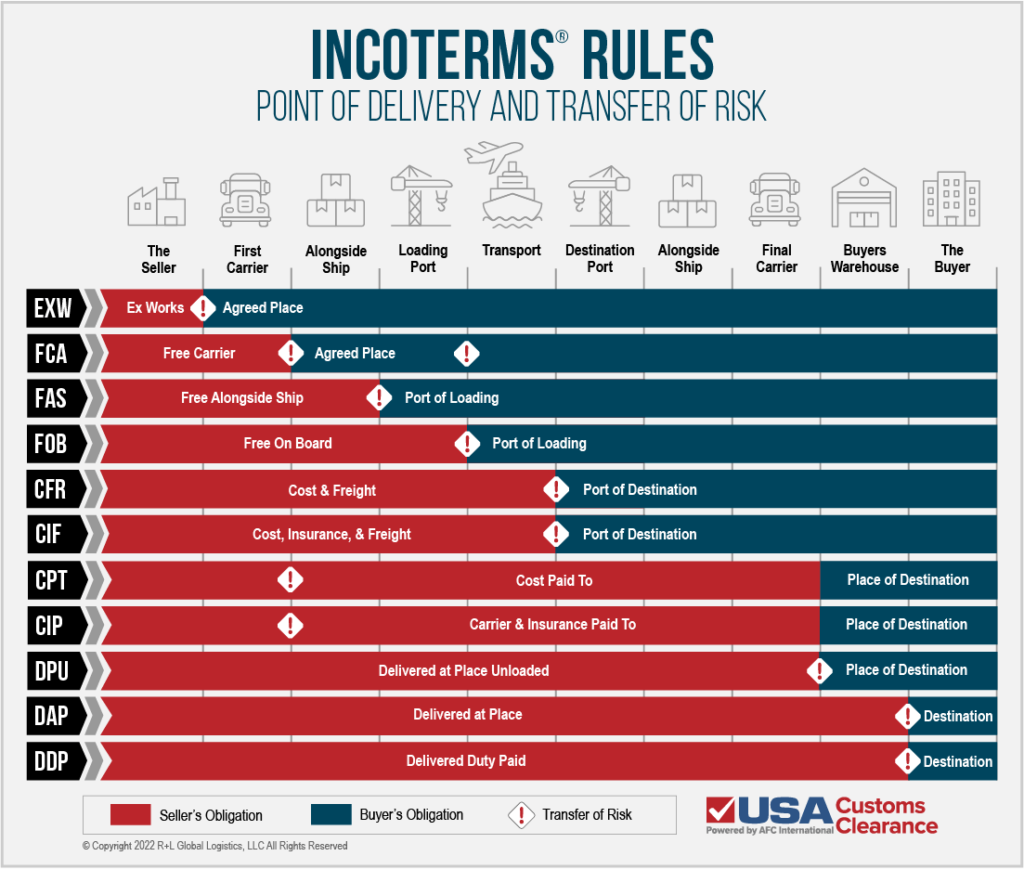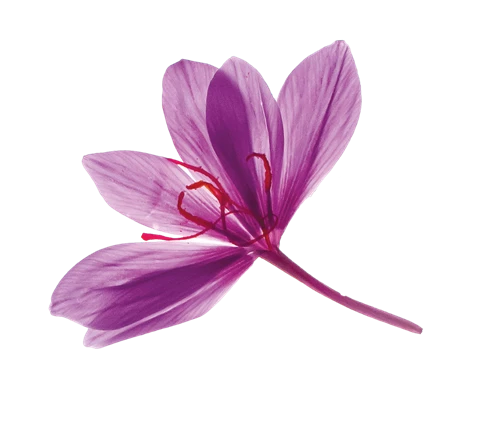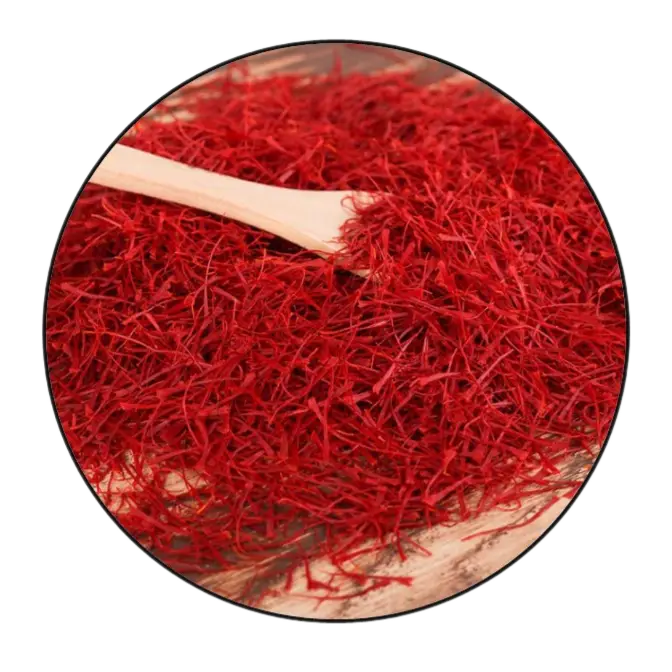Buy Pushal Saffron at the Best Price
Pushal saffron is actually a part of the saffron flower. The saffron flower has different parts, including the sargol, negin, pushal, and style (khame). Often, when farmers harvest their saffron, they separate the red stigmas from the lower, yellowish orange part, which is the style. So, a stigma isn't just the red part; it also has a yellowish orange section. This yellowish orange part is what's called pushal saffron. If you want to buy pushal saffron, you can contact AriaExport now. We directly supply and export agricultural products from Iran and will provide you with the best pushal saffron at wholesale prices. If you are an importer, this product can be profitable for you. If you need advice, get in touch with AriaExport's sales consultants and experts.
Introducing and Buying Pushal Saffron
Pushal saffron is a product from Iran. It mainly comes from the Khorasan Razavi province and the cities of Qaen, Kashmar, and Torbat e Heydarieh. Compared to negin and sargol saffron, it has a lower price, but the quality is still good. At Ariaexport, we offer original pushal saffron to our valued customers at wholesale prices. So, buyers can purchase this product from us with confidence.
If you know the parts of the saffron flower well, you can also understand this type of saffron. In the flower, the saffron has a stigma that is connected to the middle part of the flower by a long stem called the style (khame).

The stigma part is red, and the style is yellow. The red stigma is responsible for the color, and the style holds most of the saffron flower's properties. Pushal saffron specifically refers to when the red stigma is harvested along with the khame, or the orange part of the flower, directly during harvesting from the field. This is why you see both red and orange or yellow parts in pushal saffron. This characteristic can assure you that the product you are receiving is not fake.

Read More:
Pushal saffron Price
There are two main reasons why pushal saffron can have different prices. The first reason is that there are different types of pushal saffron with varying qualities, which we will look at in the next section. The other reason can be the number of middlemen involved, which ultimately leads to a higher price for the customer.
AriaExport directly obtains high quality grade 1 pushal saffron from Iranian farms and delivers it to customers. Therefore, our pushal saffron prices are very affordable and reasonable.

Pushal Saffron Types
The types of pushal saffron are:
1- Pushal Qhalamdar
This is the highest quality pushal saffron you can buy. It's straighter and has less curl compared to other types, which means it produces the most color. Other features include thick stigmas and a small amount of the yellow style (khame). This type of pushal is thicker than the others.
2- Regular Pushal
The main difference between this type and the Qhalamdar is its thickness. While qhalamdar is very thick, this type has a regular thickness. The stigmas are curled, and it has less coloring power than the qhalamdar. However, it has a better aroma and color compared to the next type.
3- Weak Pushal
The fact that the stigmas break easily is the first thing that puts this saffron in the weak category. Not only is it very thin, but the curl of the stigma is also very high. The reason this type is so low in quality is a lack of proper care during production.
Pushal Saffron Uses
Pushal saffron is often used in bakeries and for products that are made in large quantities. Its also known as the most affordable type of saffron for home use.
They also use pushal saffron to make souvenirs like gaz (nougat) and poolaki (thin candy), and restaurants are also customers. Saffron ice cream gets its good aroma and color from this type of saffron. Basically, pushal saffron is used anywhere there's large scale production or a need to keep costs down.
Pushal Saffron Benefits
The benefits of pushal saffron can be summed up in these points:
- For its price, it gives a good amount of color.
- Because it includes the style (khamé), you also get the health benefits of that part of the flower. The style has the most health properties, like helping with depression. That's why its said that saffron is good for depression.
- It's easy to be sure that the product is genuine.
- It has a low price and is the best option for everyday use.

Pushal Saffron Technical Specifications:
Pushal Saffron Technical Specifications | ||
No. | Characteristics | Measurement Limit |
1 | Style with Stigma (Max Weight Percentage) | 0.5 |
2 | Foreign Substances Related to Saffron Plant (Max Weight Percentage) | 0.1 |
3 | Foreign Substances Related to the Environment | Negative |
4 | Moisture and Volatile Matter (Max Weight Percentage) | 7 |
5 | Total Ash on Dry Basis (Max Weight Percentage) | 5 |
6 | Acid Insoluble Ash on Dry Basis (Max Weight Percentage) | 0.5 |
7 | Extract Soluble in Cold Water on Dry Basis (Max Weight Percentage) | 65 |
8 | Picrocrocin on Dry Matter Basis (Min) (Absorption at a Wavelength of 257 nm) | 80 |
9 | Safranal on Dry Matter Basis (Min) (Absorption at a Wavelength of 330 nm) | 30-50 |
10 | Crocin on Dry Matter Basis (Min) (Absorption at a Wavelength of 440 nm) | 220 |
11 | Additive Colors | Negative |
Microbiology:
Microbiology of Pushal Saffron | ||
No. | Characteristics | Measurement Limit (CFU/g) |
1 | Total count of Microorganisms | 3*105 |
2 | Mold | 103 |
3 | Escherichia coli | Negative |
4 | Regenerative Clostridium Spores | 102 |

Storage Conditions: Pushal Saffron should be stored in a dry and cool place and away from direct sunlight. Saffron should be stored in an airtight container to protect it from air exposure. Opt for the smallest container possible to minimize air contact. As you use saffron, transfer the remaining threads to an even smaller container to limit air exposure further. Saffron is sensitive to light, which can cause it to lose both color and fragrance. Use a container that blocks light or wrap the saffron in foil before placing it in the container. This helps preserve its quality. Saffron is sensitive to moisture, which can lead to mold growth or degradation of its aromatic compounds. Therefore, it’s crucial to store saffron in a low-humidity environment. Saffron readily absorbs odors from its surroundings. Store it away from strong-smelling spices or other aromatic substances.
Certifications:
- Iran National Standards Organization
- Iran Plant Protection Organization
- Standard of Good Agricultural Practices
- Organic Agricultural Products Certification
- physical, chemical and microbial analyzes from the most reliable laboratories
- HACCP
- ISO
- FSSC
- IFS
- SGS
- BRC
Maximum Limit of Heavy Metals:
Product Name | Maximum Tolerance of Heavy Metals (mg/kg) | ||||
Lead (Pb) | Cadmium (Cd) | Mercury (Hg) | Arsenic (As) | Total | |
Pushal Saffron | 10 | - | 2 | 3 | 40 |
Further Details 1
Pushal Saffron quality control:
Quality control is a process used to ensure that quality is maintained in products. The main purpose of this system is to ensure that the exported products meet the requirements specified in the relevant standards. At Aria Export, this process is carried out by specialized experts and the most up-to-date devices in the world.
The quality control of saffron is carried out in well-equipped and up-to-date laboratories, based on the international standard ISO 3632-1 and the national standard 259-1, which includes all the characteristics and grading of saffron. The ISO 3632 standard is a classification based on the minimum required quality characteristics of saffron.
Products are tested upon arrival by a well-equipped quality control laboratory. Various tests are performed based on defined standards for grading and other characteristics, including color (Crocin), aroma (Safranal) and taste (Picrocrocin).






